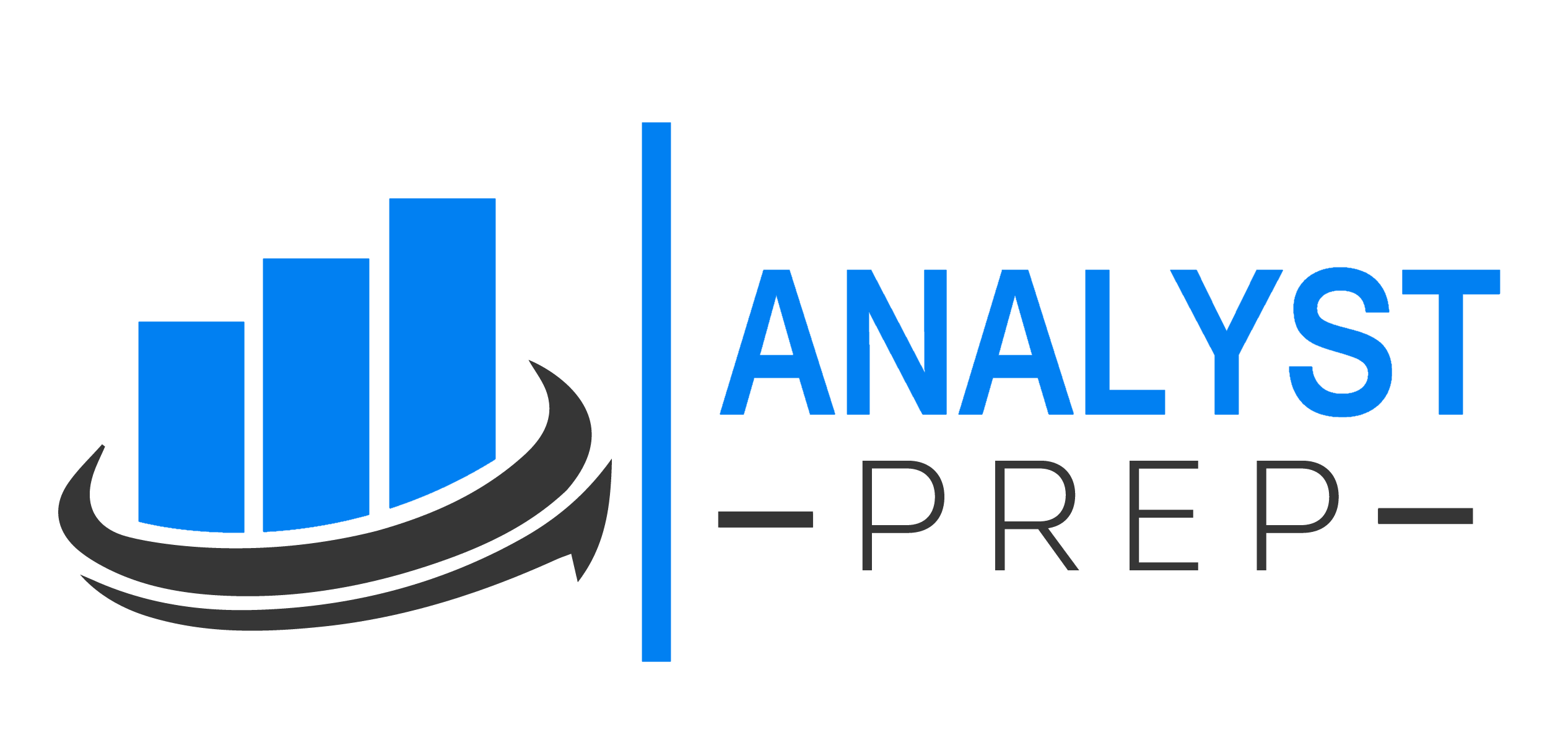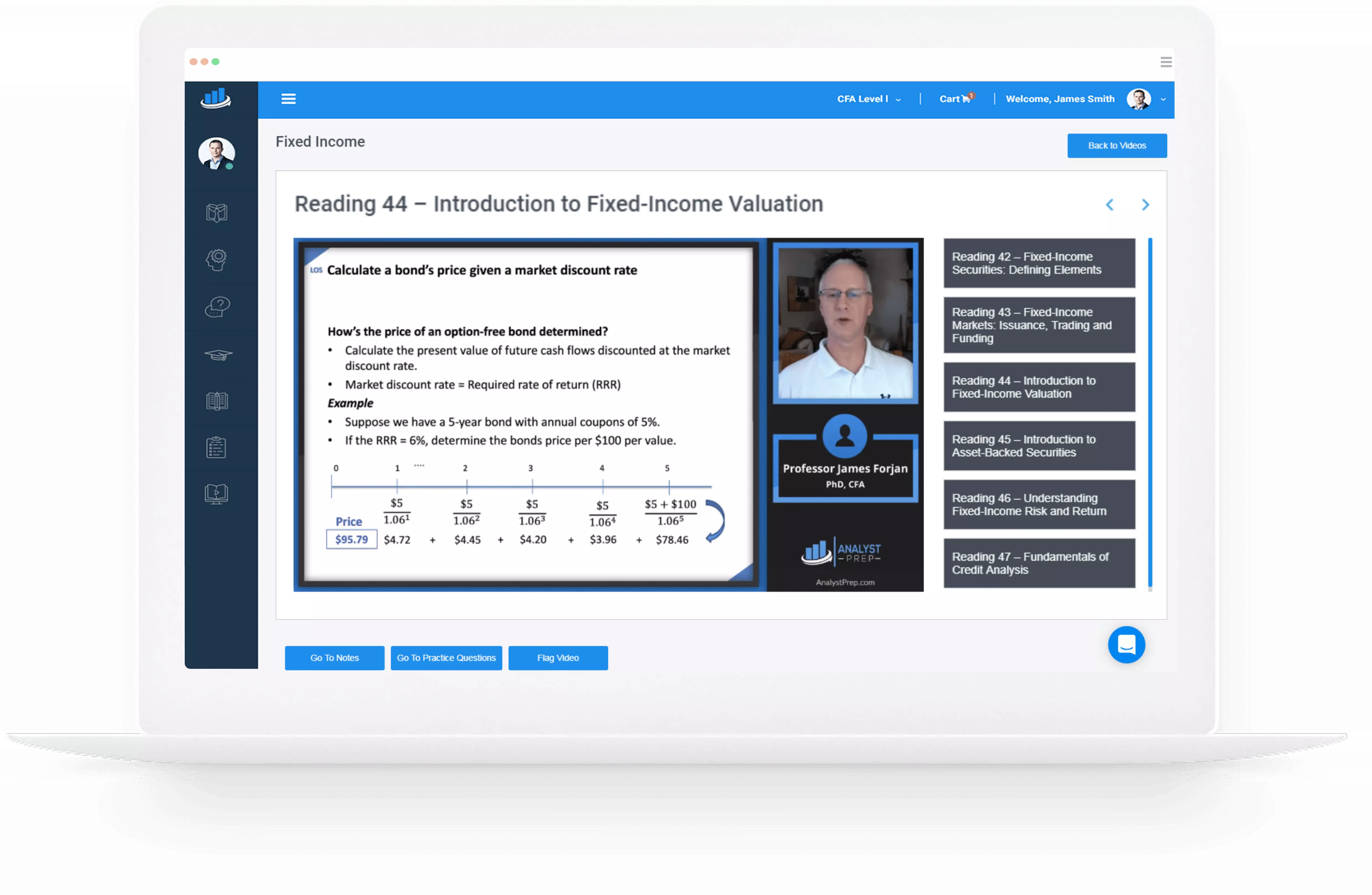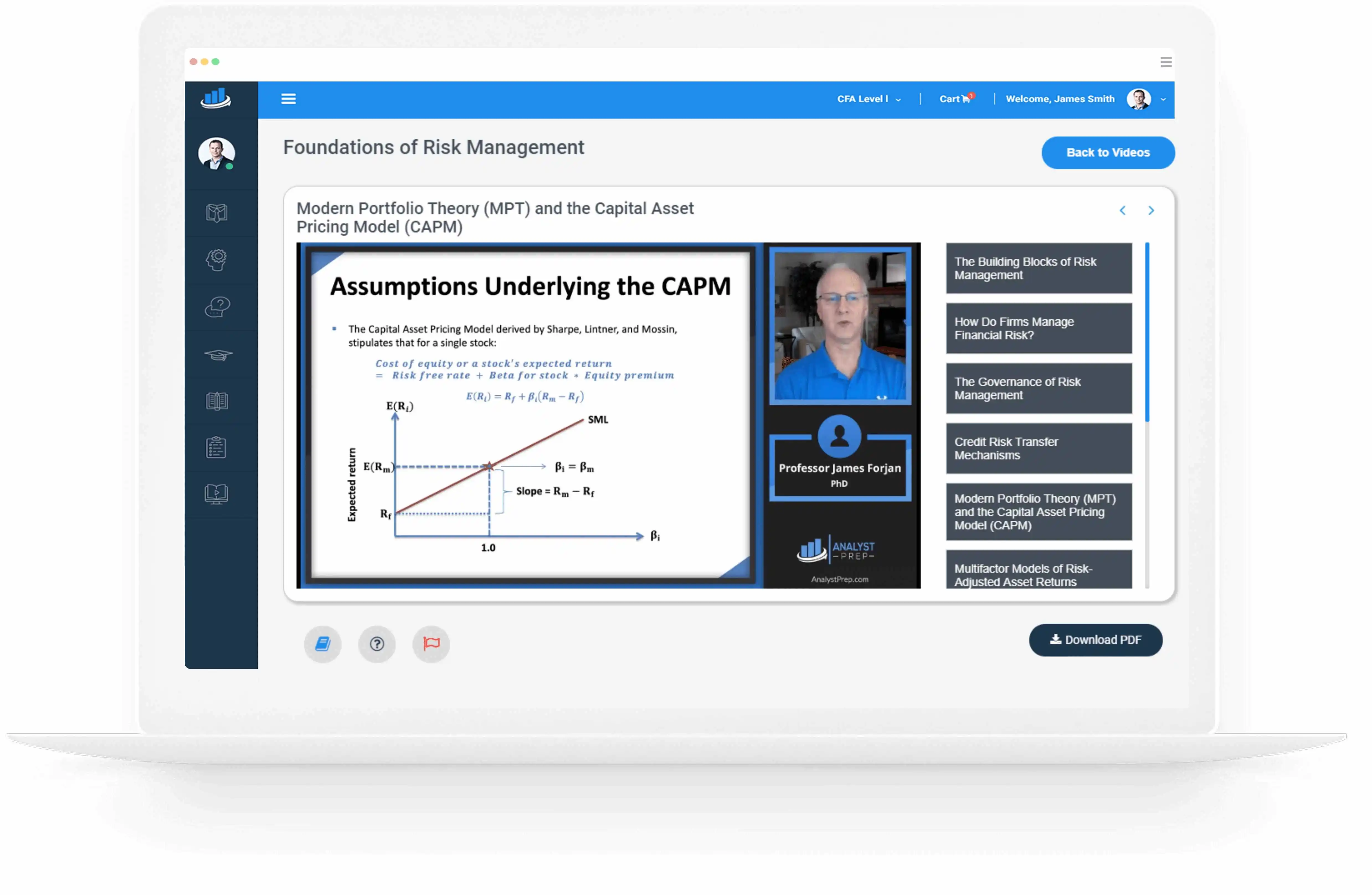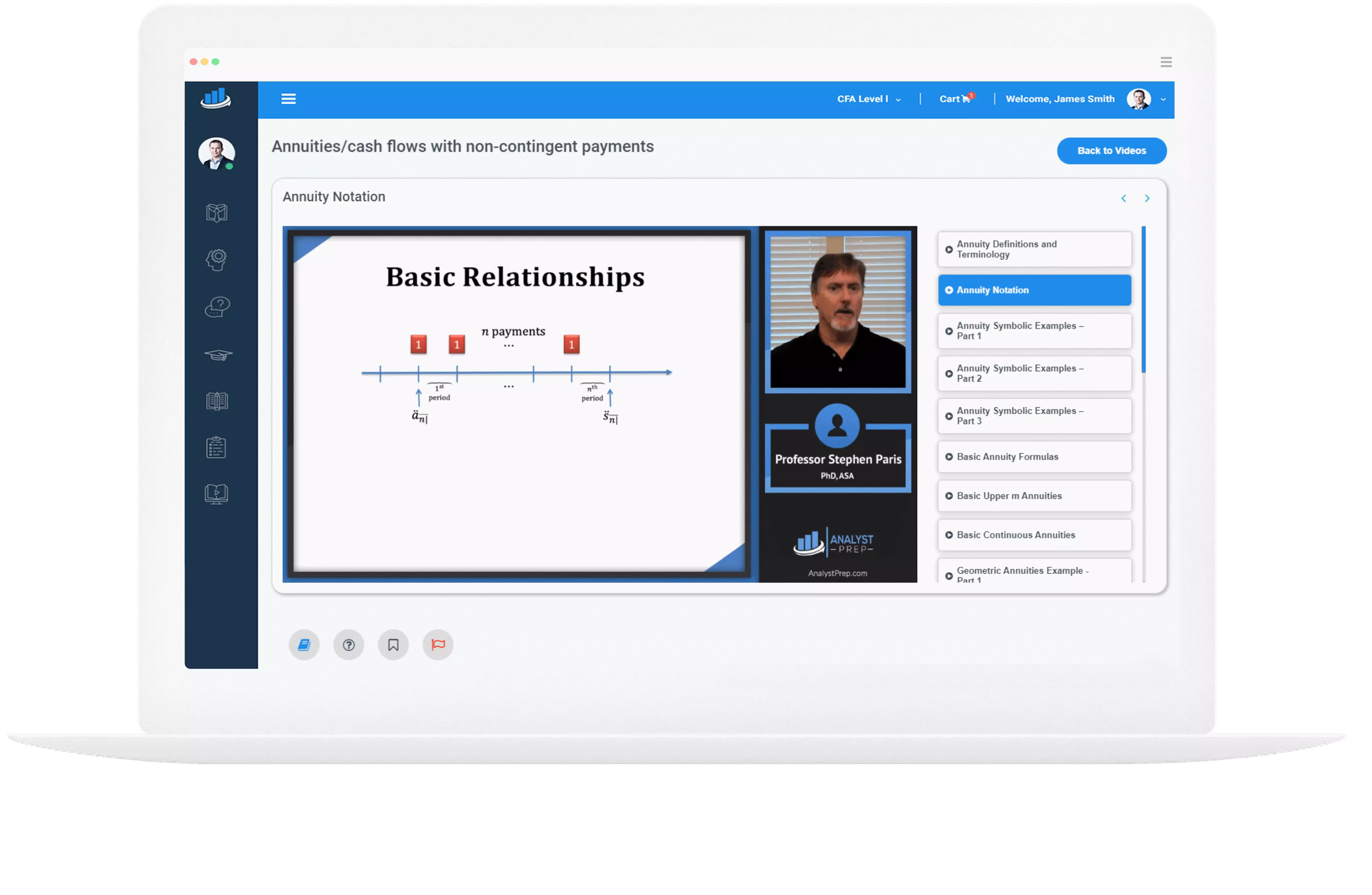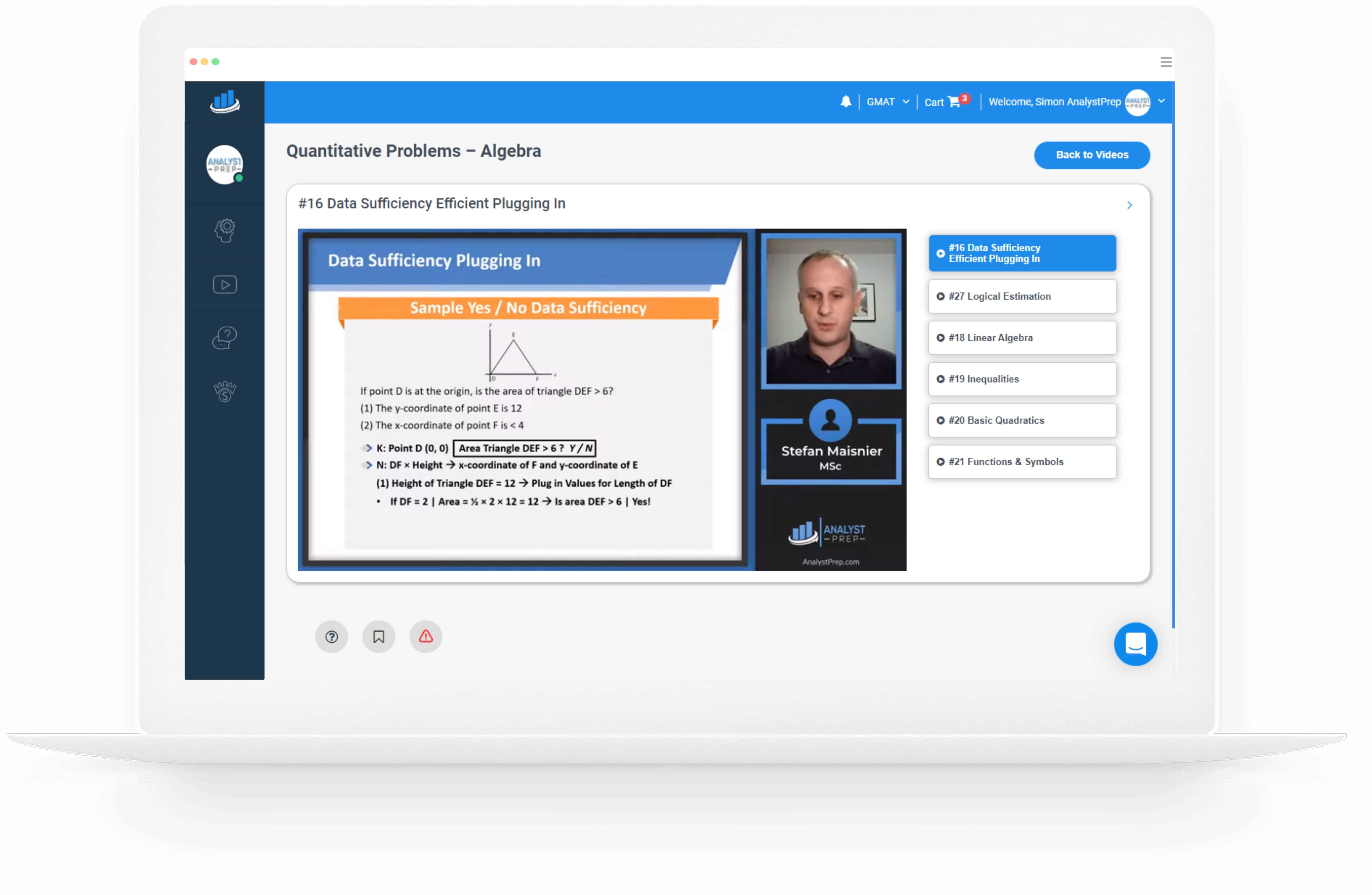Initial Evaluation
Four questions need to be answered at the initial evaluation of corporate restructuring: What is happening? Why is it happening? Is it material? When is it happening? The first two questions can be answered by reading the issuer’s conference call…
Fundamental Determinants of Residual Income
The fundamental drivers of residual income can be recognized by assuming a constant growth in dividends and earnings. Assuming constant growth, a stock’s intrinsic value under the residual income model, can be expressed as: $$\text{V}_{0}=\text{B}_{0}+\frac{\text{ROE}-\text{r}}{\text{r}-\text{g}}\text{B}_{0}$$ If the return on…
Valuation with Comparables
Valuation based on Comparables The P/E valuation method is used to estimate a company’s stock value by applying a benchmark multiple to the company’s actual or forecasted earnings. An equivalent approach is to compare a stock’s actual price multiple…
Types of Corporate Restructuring
Every company follows a lifecycle composed of four stages: start-up, growth, maturity, and decline. The table below summarizes each lifecycle stage’s corresponding profitability, revenue growth, and risk profile. $$ \begin{array}{c|c|c|c|c} \textbf{Stage in} & \textbf{Start-up} & \textbf{Growth} & \textbf{Maturity} & \textbf{Decline}…
Capital Structure and Cost of Capital Relative to Peers
Jackie Zhao is an analyst at Momentum Capital. She has been tasked with evaluating Marigold’s WACC, a company the management is looking to acquire. Marigold operates in the agriculture sector, manufacturing farm equipment such as tractors and combined harvesters. She…
The Cost of Debt and Equity for Public and Private Companies
We will use an example to illustrate how private and public companies estimate the required return on equity and cost of debt. DMC John Marcus, an analyst at Glendale Investments, has been tasked with estimating the cost of equity and…
Single-Stage Residual Income Valuation
Single-Stage Residual Income Valuation The single-stage residual income (constant-growth) model assumes that a firm has a constant return on equity and constant earnings growth rate through time. $$\text{V}_{0}=\text{B}_{0}+\frac{\text{ROE}-\text{r}}{\text{r}-\text{g}}\text{B}_{0}$$ Example: Using a Single-stage Residual Income Model A company’s current book…
Required Return on Equity
After determining the ERP, we must estimate the company’s required rate of return to be used in calculating the WACC. The following methods are used to estimate the required rate of equity return: Risk-based models. DDMs. The bond yield plus…
Cost of Capital Factors
The type of capital a company seeks affects its capital cost. Debt capital has a lower cost than equity capital due to its lower risk. Before considering the tax deductibility of interest, the cost of debt comprises the sum of…
Estimating the Cost of Debt
Analysts use several methods to estimate the cost of debt, and the methods depend on the following factors: Type of debt. Debt liquidity. Credit rating. Debt currency. Traded Debt A company with straight debt can estimate its cost of issuing…
